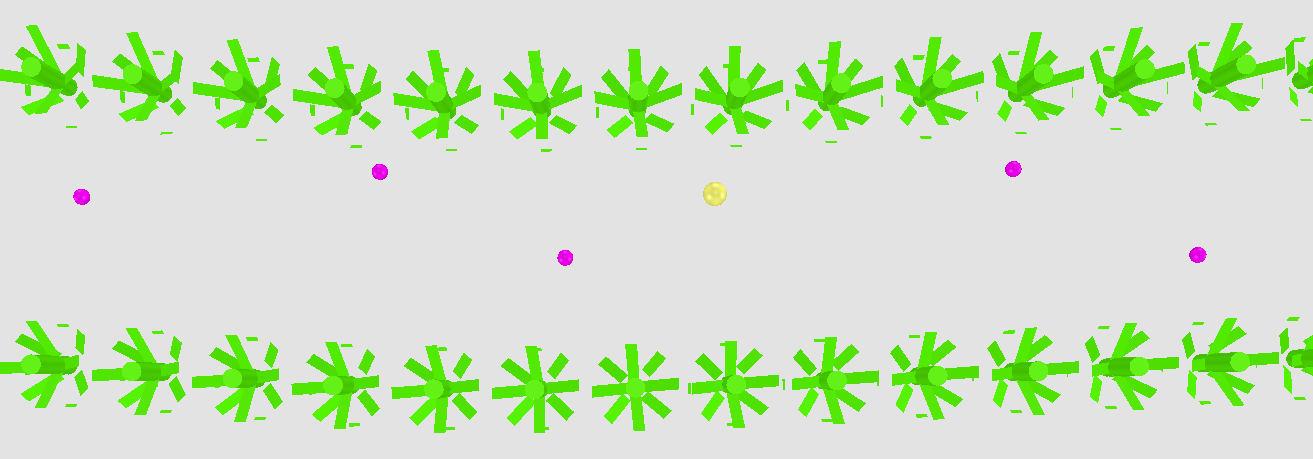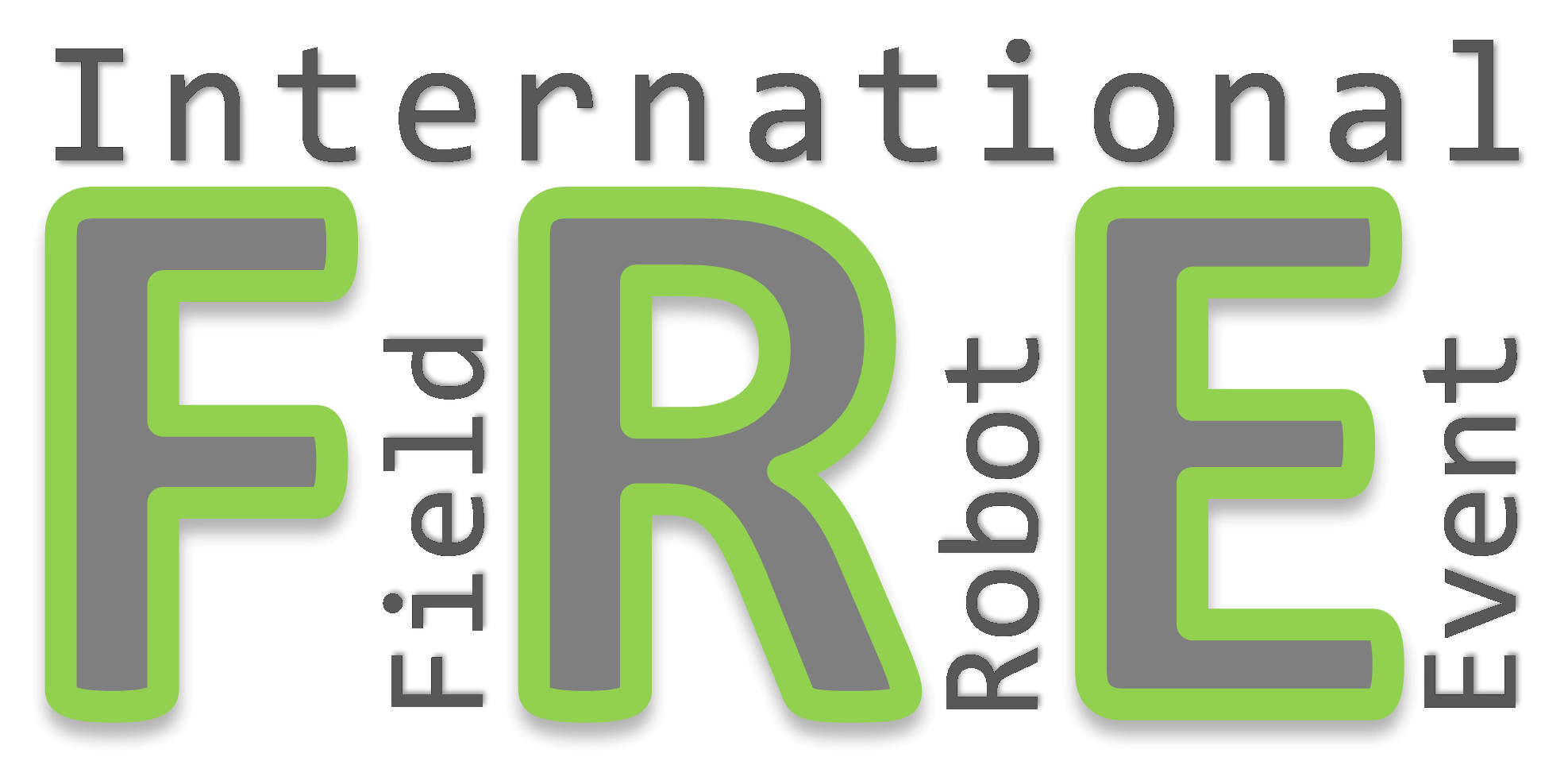
There are major changes in task 3 and 4:
For task 3, the robots are navigating autonomously. The robots shall detect weed patches represented by pink golf balls and obstacles represented by yellow tennis balls. Task 3 is conducted on the area used in task 2 with straight rows. The map created in this task will be used in task 4. Up to ten obstacles may be placed in the field, either between rows or in the headland. Obstacles must not be passed regardless of whether the robot can do so without touching them. Up to ten weeds may be placed in the field. All weeds will be placed between rows. The rules for entering the field, moving the robot, using remote controller etc. are the same as in task 1 and task 2.
In task 4 the main robot should be equipped with a crop sprayer capable of spraying water.
The robot may use the map created in task 3 to produce an optimised path that allows it to spray all of the weeds in the shortest possible time. Teams will be allowed 10 minutes to configure their robot for spraying and load an optimised path into its navigation system. The path optimisation process can be completed using a computer that is independent of the main robot, but this process must be completed within the 10 minute time window.
Alternatively, the robot may go without a map or an optimised path. Without an optimised path, it is more difficult to complete the task within 3 minutes.
The robots shall precisely spray the weeds mapped in task 3. It is not permitted to touch or pass the yellow tennis balls.
